Advertisement
Everything You Need to Know About Ball Pythons
Advertisement
The ball python is a small snake native to sub-Saharan Africa. As the smallest python species on the African continent, these reptiles have become popular pets due to their calm and non-aggressive nature. They get their name from their habit of curling into a tight ball when they feel stressed or frightened. Also known as royal pythons, their scientific name is Python regius, which traces back to ancient Egypt. The term "regius" means "royal" in Latin. According to legend, Cleopatra herself wore these snakes around her wrists during her reign as queen.
Captivity
When it comes to keeping ball pythons in captivity, they thrive in large glass enclosures with dry substrates like cypress mulch, moss, or even newspaper. It's important to maintain humidity around 50% and provide warm temperatures, as these snakes prefer a cozy environment. Since they have sensitive skin, heating rocks isn't recommended; instead, a heating pad used carefully can do the trick. Always make sure fresh water is available and changed daily. Typically, ball pythons eat two to three times per week, and feeding them frozen or thawed mice is a safe and convenient option.
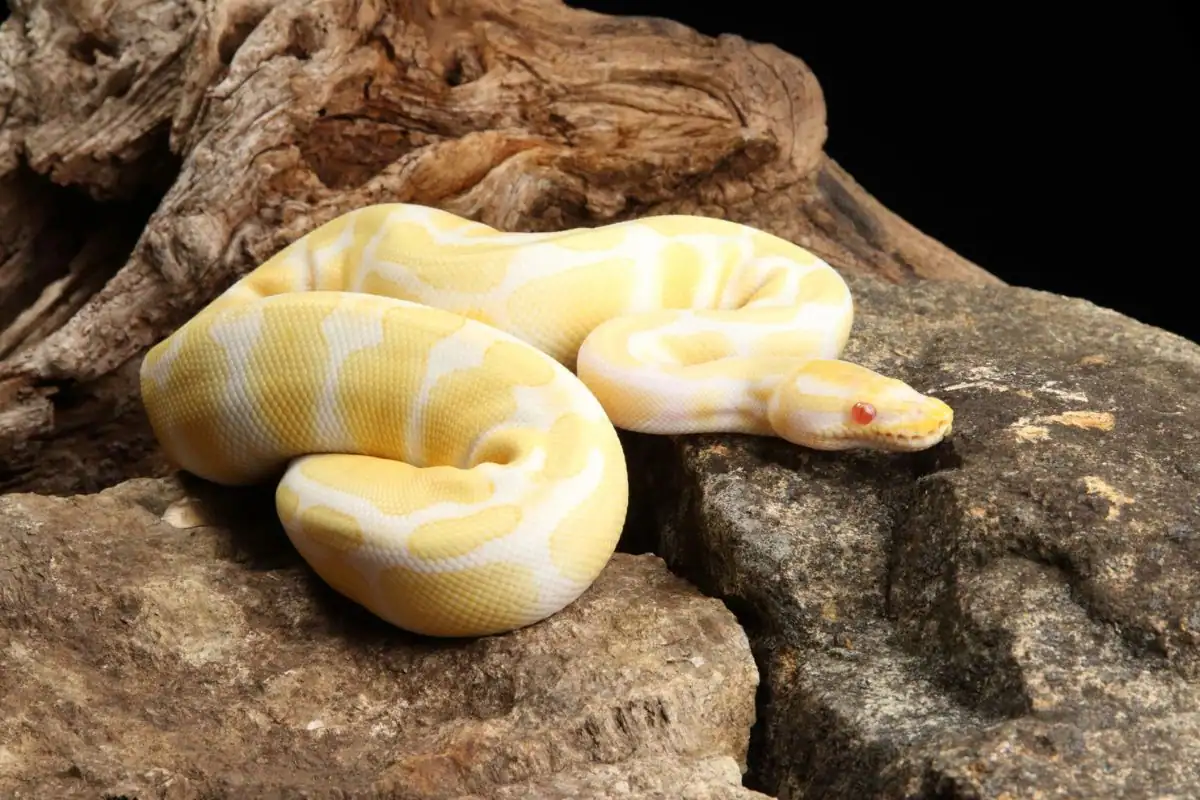
Advertisement
Coloration and Markings
Ball pythons boast dark brown or nearly black scales adorned with numerous oblong blotches of tan, light brown, reddish-brown, or yellow-orange. The colors and patterns can vary significantly between different populations across their geographical range. Interestingly, pied and albino variations occur more frequently in ball pythons than in other snake species. In Ghana, for instance, the yellow-orange coloration of ball pythons is particularly popular among enthusiasts.
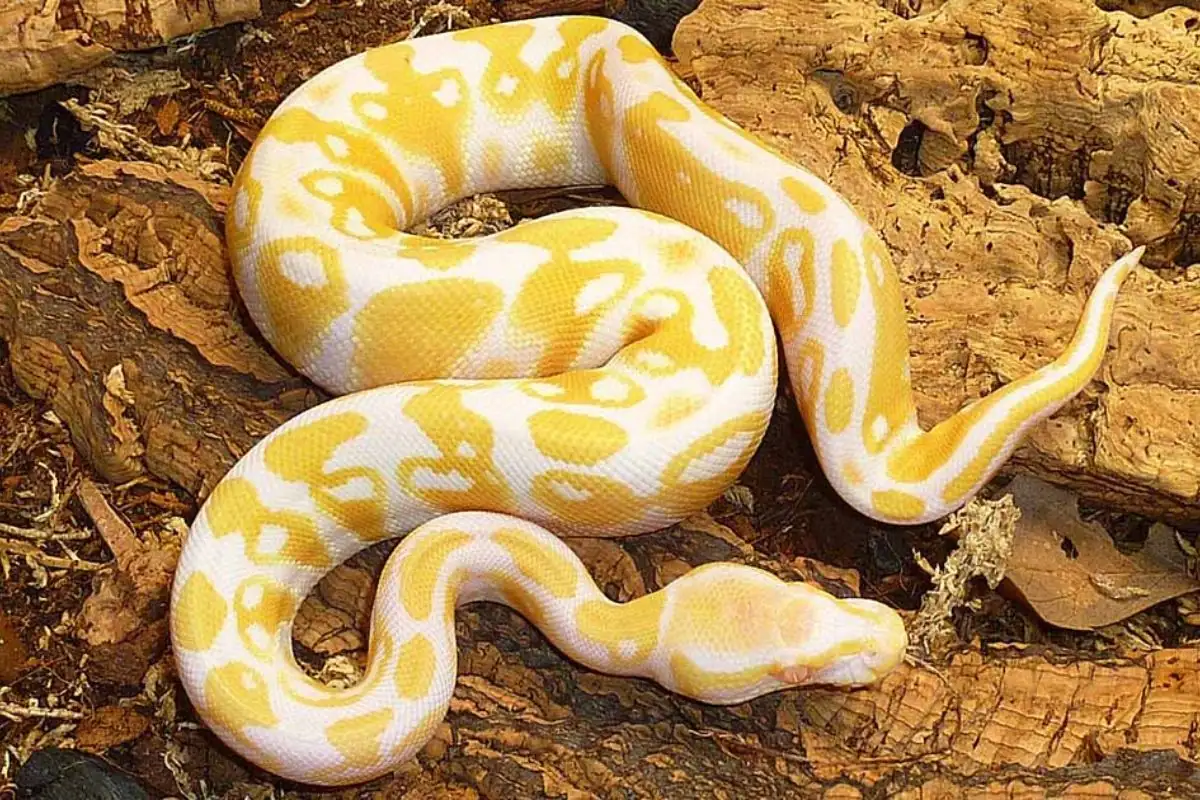
Advertisement
Selective Breeding
Most of the ball pythons in captivity today come from breeding stock originally sourced in Togo and Ghana. Over time, breeders have selectively bred these snakes to emphasize specific traits. By focusing on morphs, or genetic mutations, they can produce snakes with altered colors and patterns. Because of the natural diversity in wild ball pythons, creating a wide range of color morphs in captivity is relatively straightforward. This ease of selective breeding has led to a vibrant variety of ball pythons available to pet owners—it's like a whole new ballgame!
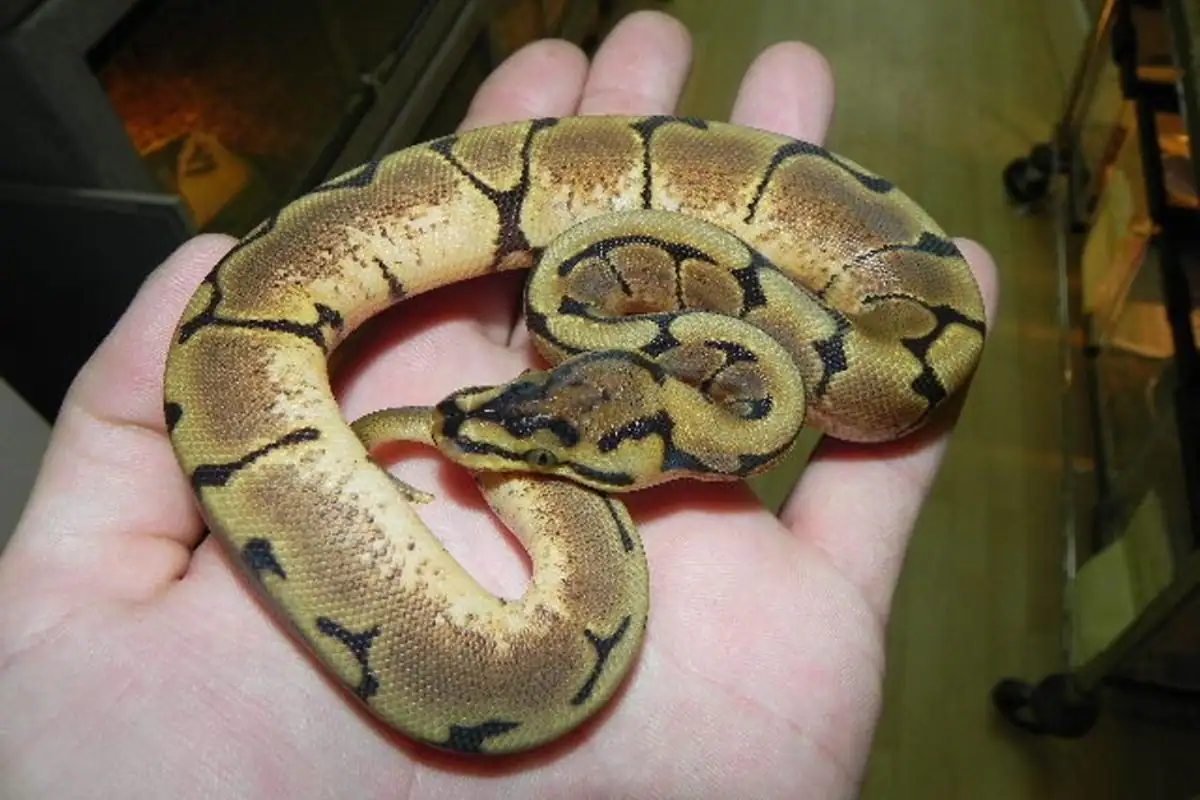
Advertisement
Range
Ball pythons are found throughout a vast territory in sub-Saharan Africa. Their range extends across central and parts of eastern Africa, including countries like Senegal, Mali, Sudan, Guinea-Bissau, the Central African Republic, Zaire, and Uganda. They've also been spotted in Niger, Chad, Guinea, Sierra Leone, Liberia, Ivory Coast, Ghana, Togo, Burkina Faso, Nigeria, Benin, and Cameroon. This wide distribution reflects their adaptability to different environments within the continent.
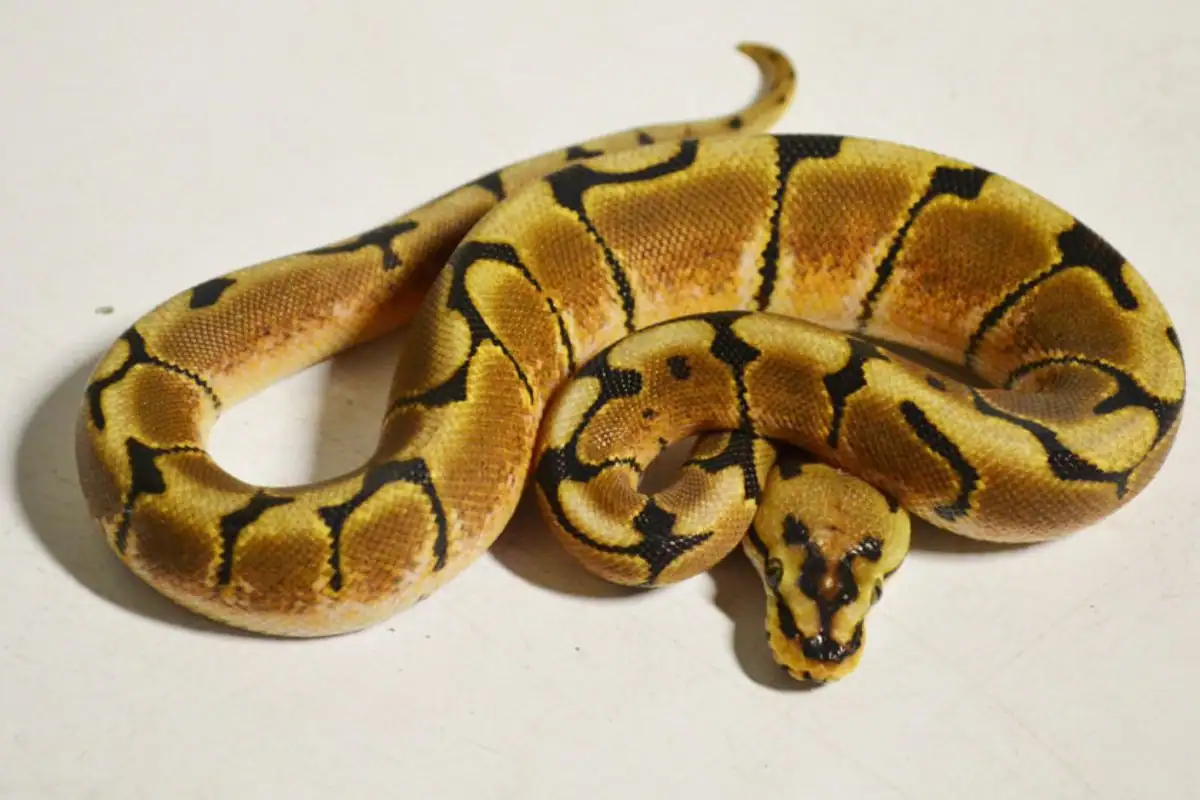
Advertisement
Threatened Species
Despite their popularity, ball pythons are threatened across much of their natural range. Local communities often hunt and trap these snakes for food and leather. Additionally, habitat destruction and collecting for the pet trade have taken a heavy toll on their populations. While most pet ball pythons in the U.S. and other developed countries are bred in captivity, illegal trade still persists in some parts of the world. This ongoing exploitation puts further pressure on wild populations.
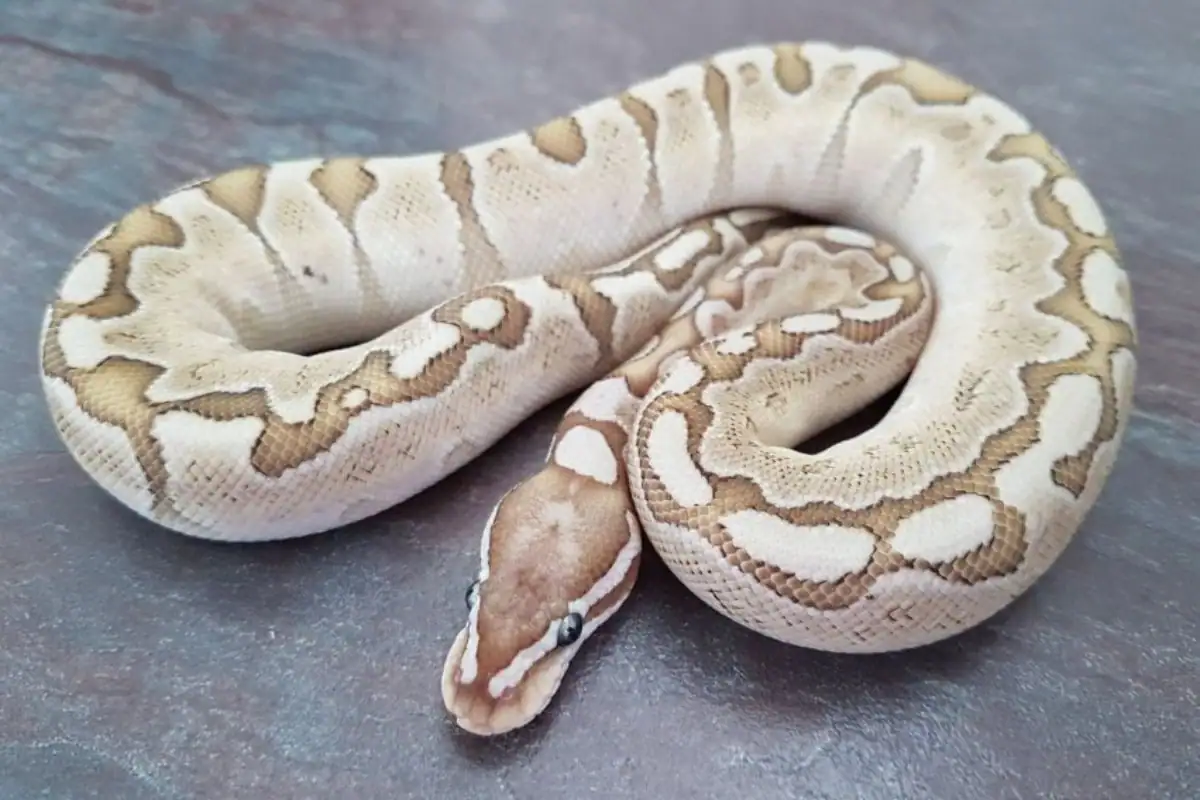
Advertisement
Habitat
Ball pythons prefer open, arid habitats such as savannahs, grasslands, sparse forests, and overgrown fields. They often inhabit the edges of agricultural areas, seeking shelter in small mammal burrows, termite mounds, or hollow logs. Mostly ground-dwelling, they can climb trees and take refuge in hollows when available. Attracted to areas with large rodent populations, they frequently hunt in barns, tilled fields, and near village outskirts—provided human activity is minimal. However, they tend to avoid active agricultural zones.
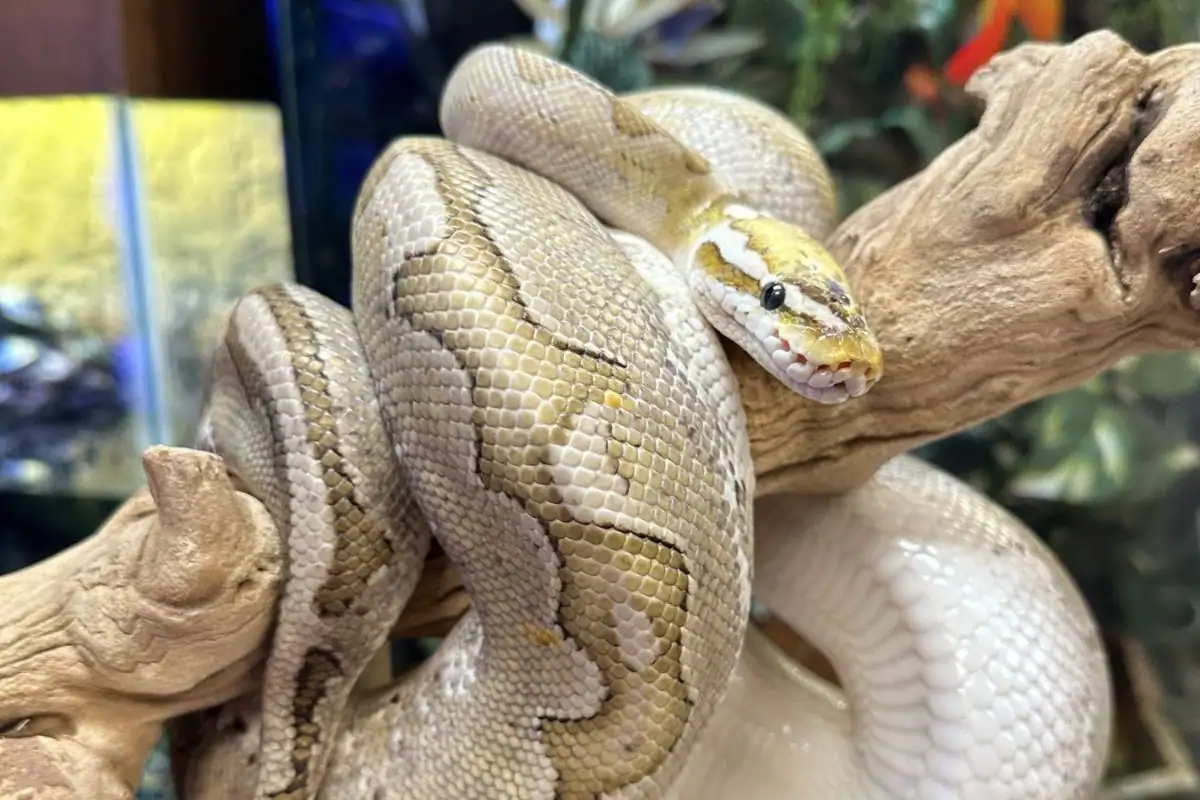
Advertisement
Size and Determining Sex
Female ball pythons typically grow to an average length of 4.5 feet, while males average around 3.5 feet. The longest recorded ball python reached six feet in length. These snakes have a stocky build, small head, and smooth scales. Both adult males and females possess spurs on either side of the anal vent, with males usually having larger spurs. Determining their sex involves either manually everting the male hemipenes or inserting a probe to check for an inverted hemipenis. The presence of a hemipenis confirms the snake is male.
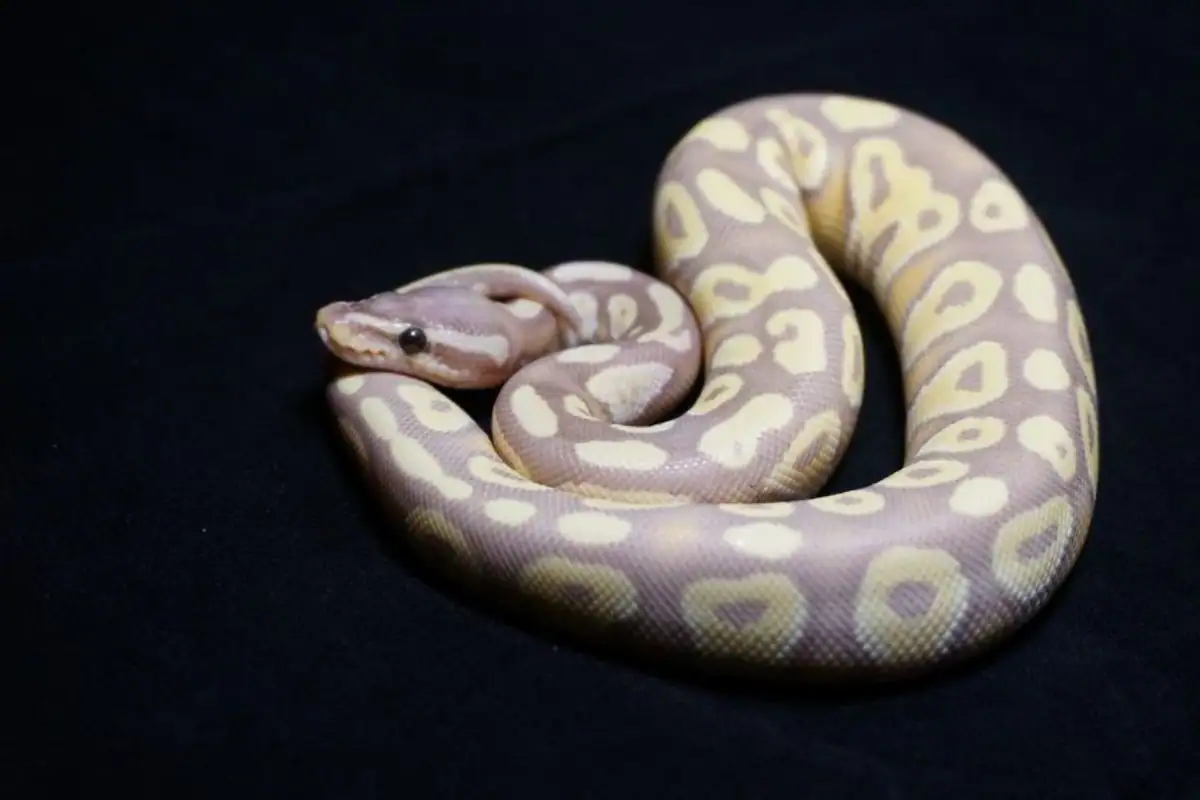
Advertisement
Reproduction
Female ball pythons lay a clutch of six or seven large eggs annually. They usually find an abandoned rodent burrow to deposit their eggs and will coil around them throughout the three-month incubation period. This coiling behavior helps regulate temperature and humidity while protecting the clutch. Interestingly, the female can generate a slight amount of heat by tightly coiling and shivering when the surrounding temperature drops.
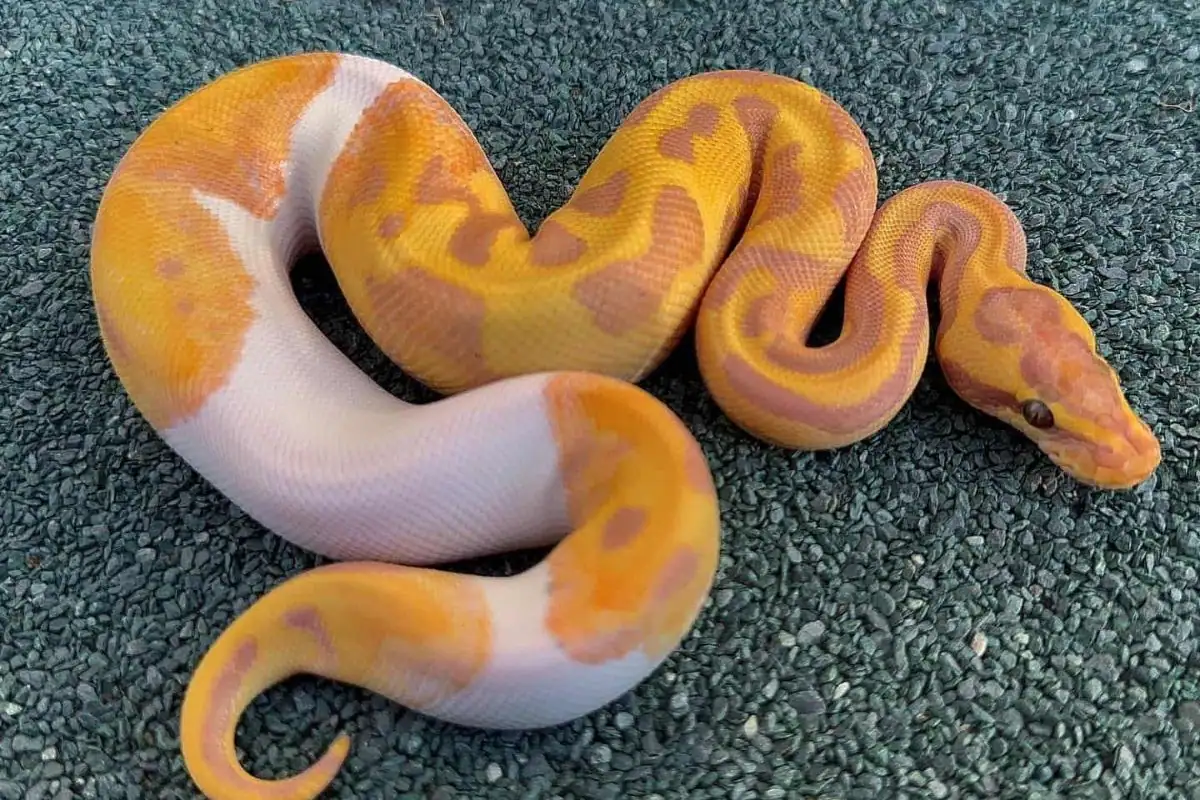
Advertisement
Aggression
While a pet ball python isn't capable of killing a human, it can inflict a bite if provoked. Generally, ball pythons are very docile creatures. However, individual snakes may exhibit aggression and attempt to bite their owners. With proper handling over time, this behavior can decrease, but there's always some risk with an aggressive snake. It's advisable to purchase a baby or yearling snake to shape its behavior as it matures. After all, you can't teach an old dog new tricks!
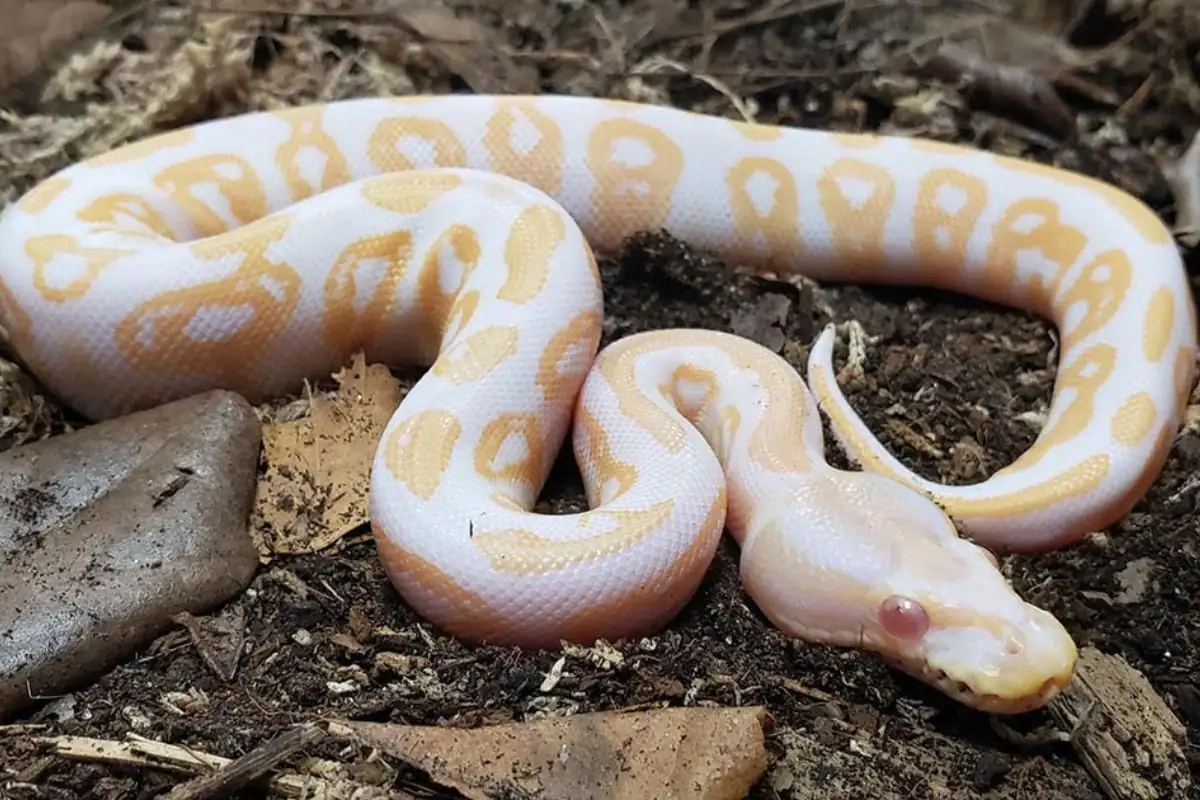
Advertisement
Proper Care in Captivity
Owning snakes comes with certain risks, including exposure to Salmonella and other bacteria. To minimize the chance of infection, it's essential to keep the enclosure clean and practice diligent hand-washing after handling the snake or its cage. Before purchasing a ball python, thoroughly research potential sources. Learn as much as possible about the seller, and watch out for signs of sick or neglected snakes. Be cautious to avoid unintentionally buying from illegal sources. While the U.S. and many other countries monitor exotic pet sourcing, unscrupulous sellers may ignore laws and offer snakes captured from wild populations.
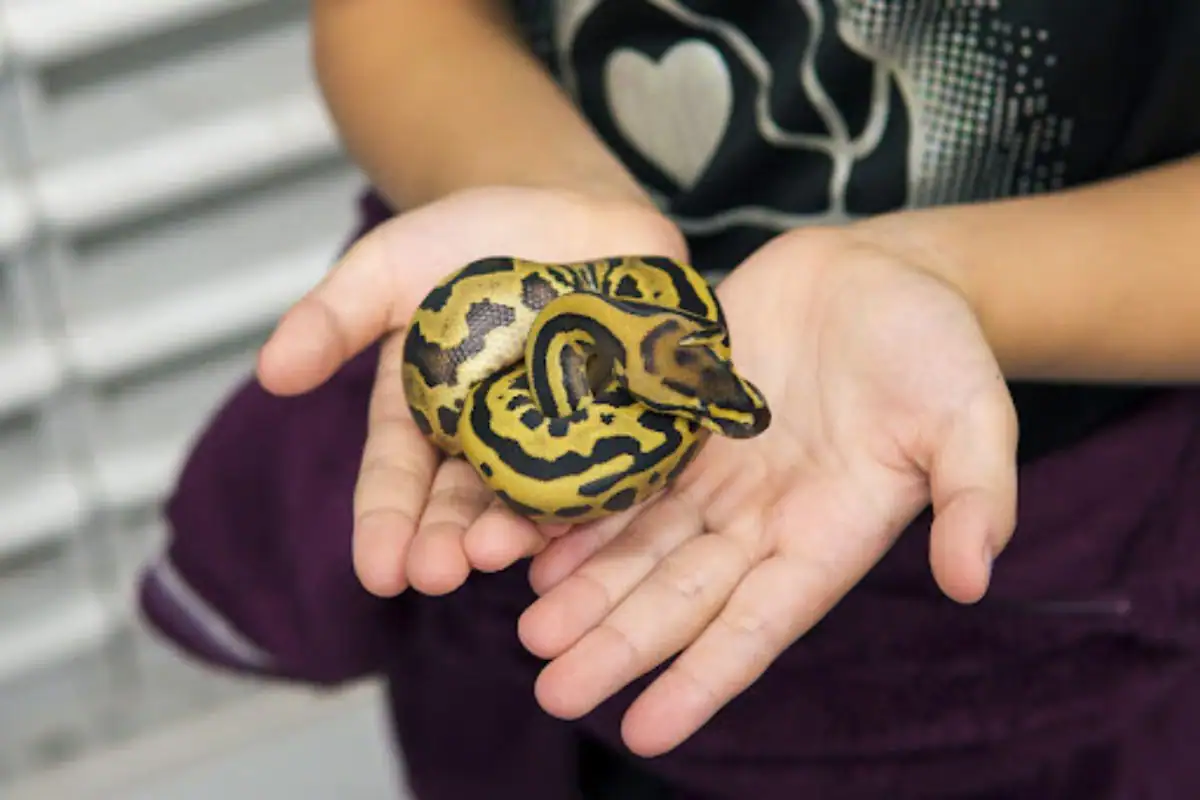
.png)




